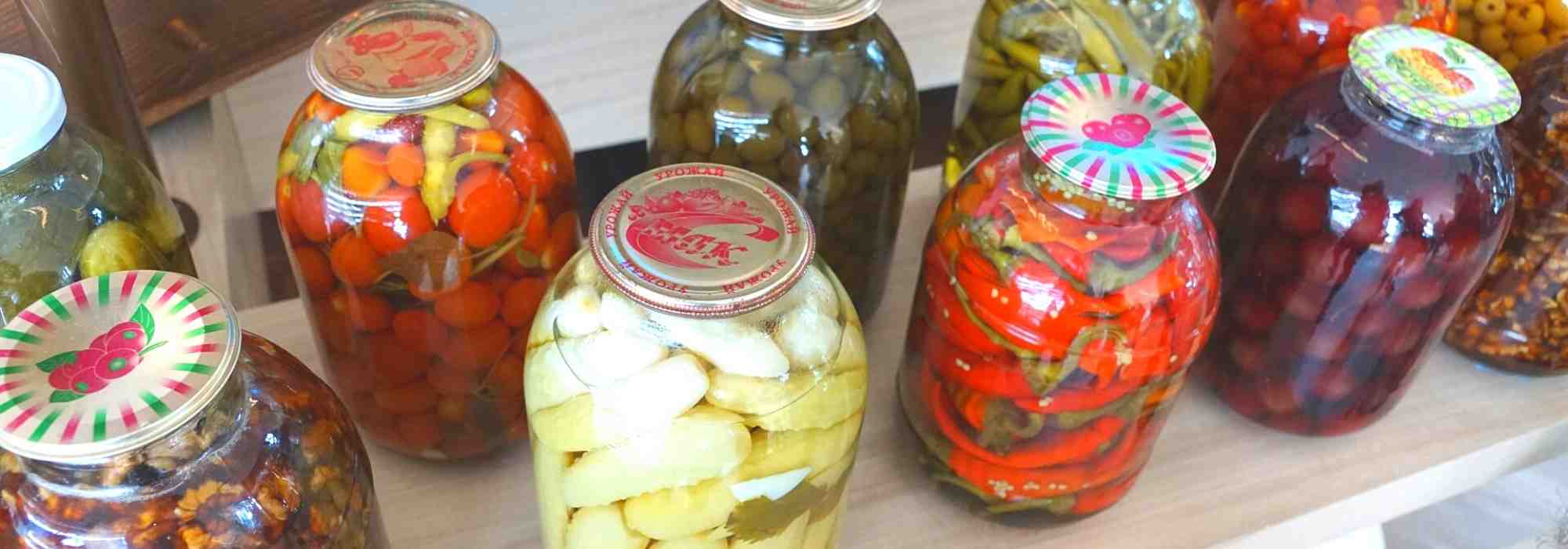
Lactofermentation
for healthy vegetables
Contents
Lactofermentation is an ancient and millennia-old method of preserving vegetables. It has been wrongly neglected by individuals over the past few decades in favour of freezing and canning. With more than one trick up its sleeve, it is making a comeback thanks to its numerous advantages: easy, economical, eco-friendly, and no cooking required, it also preserves the taste and nutrients of fermented vegetables. Excellent for health, it helps improve our digestion. We explain everything you need to know about lacto-fermentation!
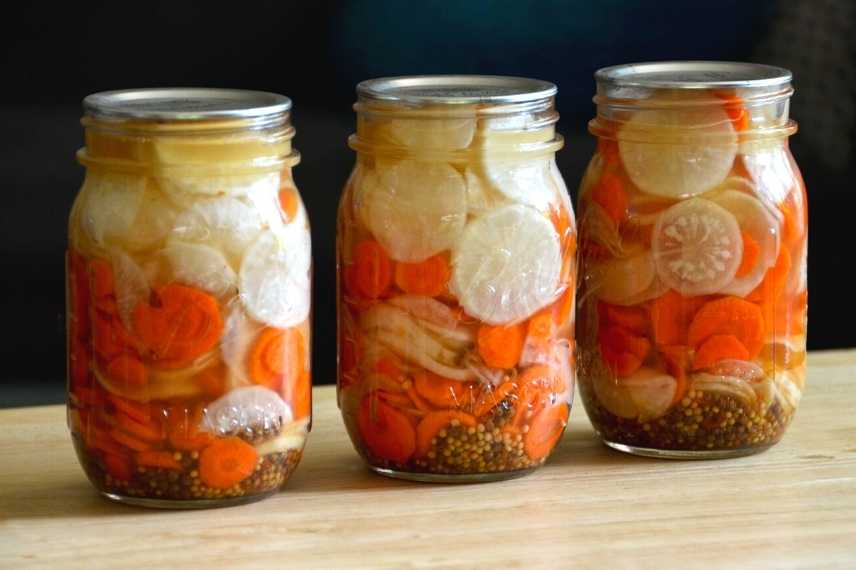
What is lactofermentation?
Did you know that we already consume fermented foods? There are quite a few! Pickles, cheese, yoghurt, dry sausage, sauerkraut, wine, beer, beetroot, etc… and even the sourdough used for making bread. Lactofermentation is a preservation method that uses lactic acid bacteria.
What is a lactofermented vegetable?
Our vegetables are naturally covered with microorganisms, such as bacteria or fungi. If we leave our vegetables exposed to the air, they will start to mould after a few days, sometimes a week.
When we place these same vegetables, right after harvesting, in a jar without air and in the presence of salt, lactic bacteria develop. They consume the carbohydrates present in the vegetables and transform them into lactic acid. As a result, the preserving juice becomes increasingly acidic, which prevents other families of bacteria and fungi from developing. Thus, mould is halted, and the vegetables are preserved naturally and without cooking.
Lacto ferment and lactose, are they the same thing?
Even though the names lacto-fermentation and lactose sound similar, they are in fact not related. There is no risk in consuming lacto-fermented vegetables for those who are lactose intolerant.
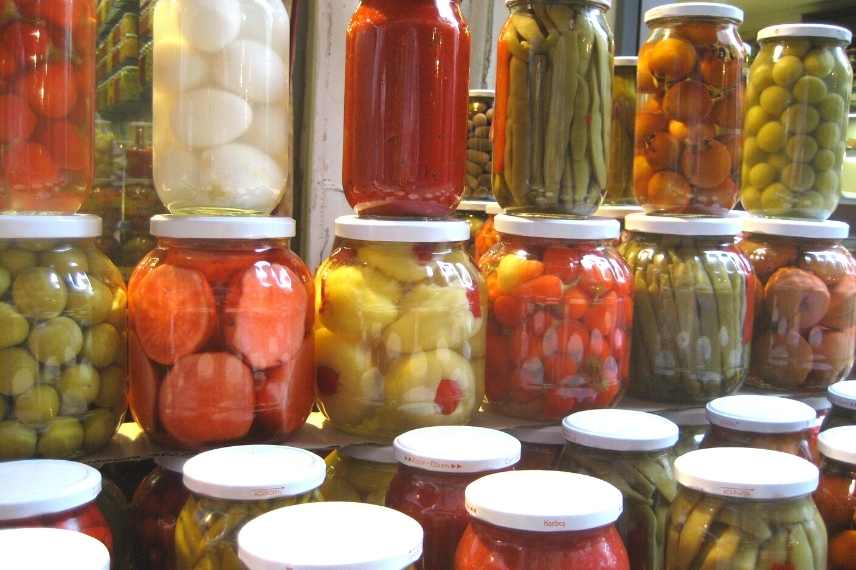
Read also
How to make your own prunes at home?Which vegetables can be fermented?
Many vegetables can be preserved through lacto-fermentation. You can even combine them, much like gherkins that pair wonderfully with spring onions and pepper berries. Here is a non-exhaustive list, and let your imagination run wild:
- Aubergines
- Beetroot
- Carrots
- Celery
- Cabbage
- Cucumbers
- Gherkins (there they are again!)
- Squashes
- Courgettes
- Beans
- Herbs
- Turnips
- Onions
- Chillies and peppers
- Radishes
- Tomatoes (especially cherry ones)
- etc…
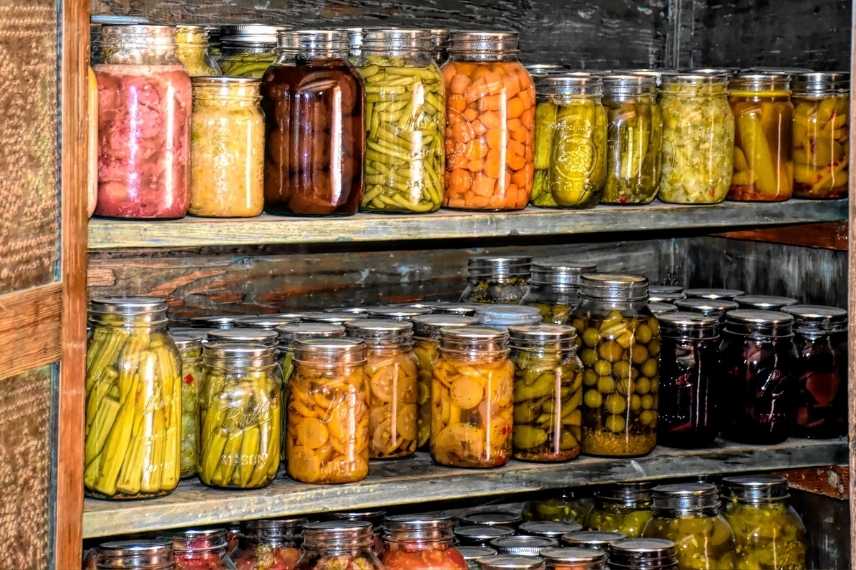
How to do lactofermentation?
What should you prepare?
- Glass jars that can be sealed airtight with a rubber gasket and metal clips.
- Vegetables from the garden.
- Coarse salt, unrefined and non-iodised (ideally grey sea salt from Guérande or pink salt from Camargue).
- Spring water (or tap water that has rested for 1 hour to remove chlorine).
- A pestle or spoon to pack the vegetables.
- Optional: herbs.
How to proceed?
- Sterilise your jars and silicone gaskets in boiling water.
- Clean your vegetables. If possible, avoid peeling them: many bacteria, including lactic ones, are found on the skin.
- Cut or grate your vegetables to the desired size.
- Add the desired herbs.
- Pack your vegetables into the jar tightly to remove air. Fill up to 3 or 4 cm from the top.
- In another container or bottle, dissolve 30 grams of salt in 1 litre of water.
- Cover the vegetables with salted water up to 2 cm from the top and pack again to remove air.
- Seal the jar and leave it at room temperature for 1 week. Tip: during this week, fermentation may cause the liquid to overflow, so place a plate under the jar to avoid dirtying your work surfaces.
- After 7 days, store the jars preferably in a dark, cool place.
- After 15 days, fermentation is complete and the jar can be consumed.
Note:
For vegetables that release a lot of juice, such as carrots and cabbages, mix the salt directly with the prepared vegetables. Use 10 grams of salt for every 1 kilogram of vegetables.
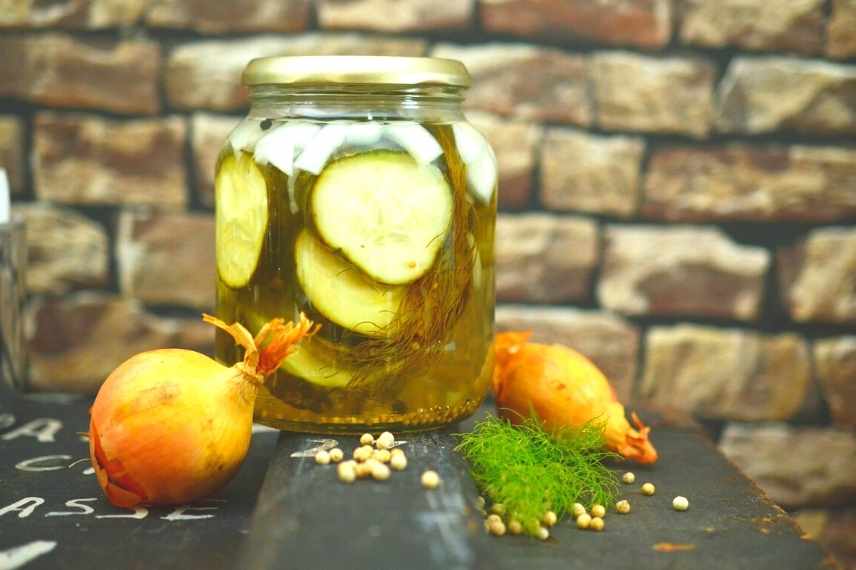
How and how long do lactofermented jars keep?
- One week after preparation, your lacto-fermented jars should be stored in a cool, dark place and if you have a cellar, that’s even better!
- Most fermented vegetables can be kept for a year before opening.
- After opening, place your jar in the refrigerator and consume within 15 days.
How can I tell if my lactofermentation was successful?
- When you open the jar, you should smell a pleasant aroma or a vinegary scent.
- A white sediment may appear at the bottom of the jar, but it poses no consumption issue.
- If the lacto-fermentation fails, you will have a very strong foul odour reminiscent of mould and rot, which will be off-putting. This means the contents of the jar should not be consumed.
Read also
How to make homemade gherkin pickles?What are the benefits of lacto fermented vegetables?
Lacto-fermented vegetables are excellent health allies for several reasons:
- Lactofermentation allows for the preservation of raw vegetables and thus retains minerals and vitamins. Fermentation even increases micronutrients and vitamins. For example, sauerkraut contains more vitamin C than raw cabbage.
- They are sources of prebiotics and probiotics that strengthen our gut flora and contribute to our immune system. Probiotics are also known to reduce the risk of colon cancer.
- Fermented vegetables are easier to digest.
- Despite its name, lacto-fermentation should not be confused with lactose. Therefore, there is no risk of lactose allergy when consuming fermented vegetables.
- The acidity of fermentation prevents the development of harmful bacteria and the risk of poisoning is virtually non-existent. Similarly, there is no risk of botulism, salmonella, Escherichia coli, or Listeria. If the jar of vegetables is inedible, you will notice a very strong foul smell upon opening.
To go further
- Find all our vegetable plants ideal for making preserves.
- Discover our articles on the different methods of preserving vegetables.
- Need advice on preserving fruits?
- Learn how to successfully make homemade vegetable pickles
- Discover… and savour the recipe for homemade sauerkraut by Ingrid!
- Subscribe!
- Contents
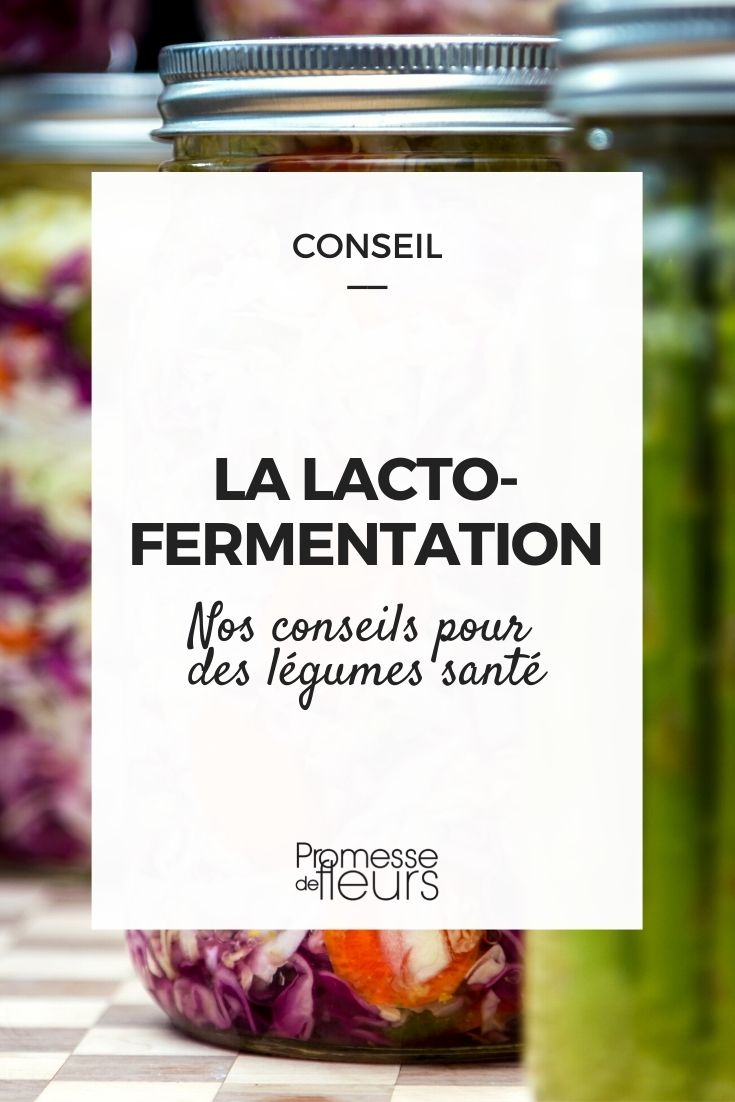































Comments